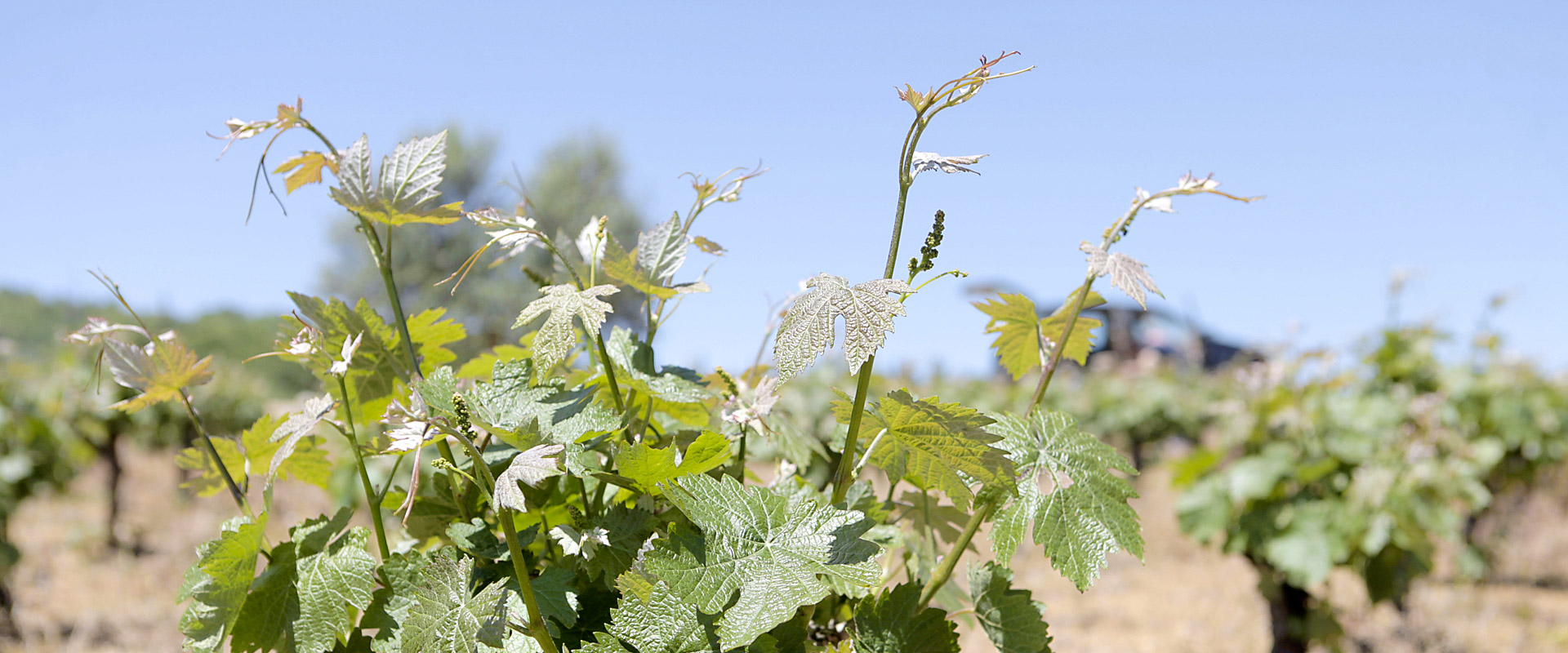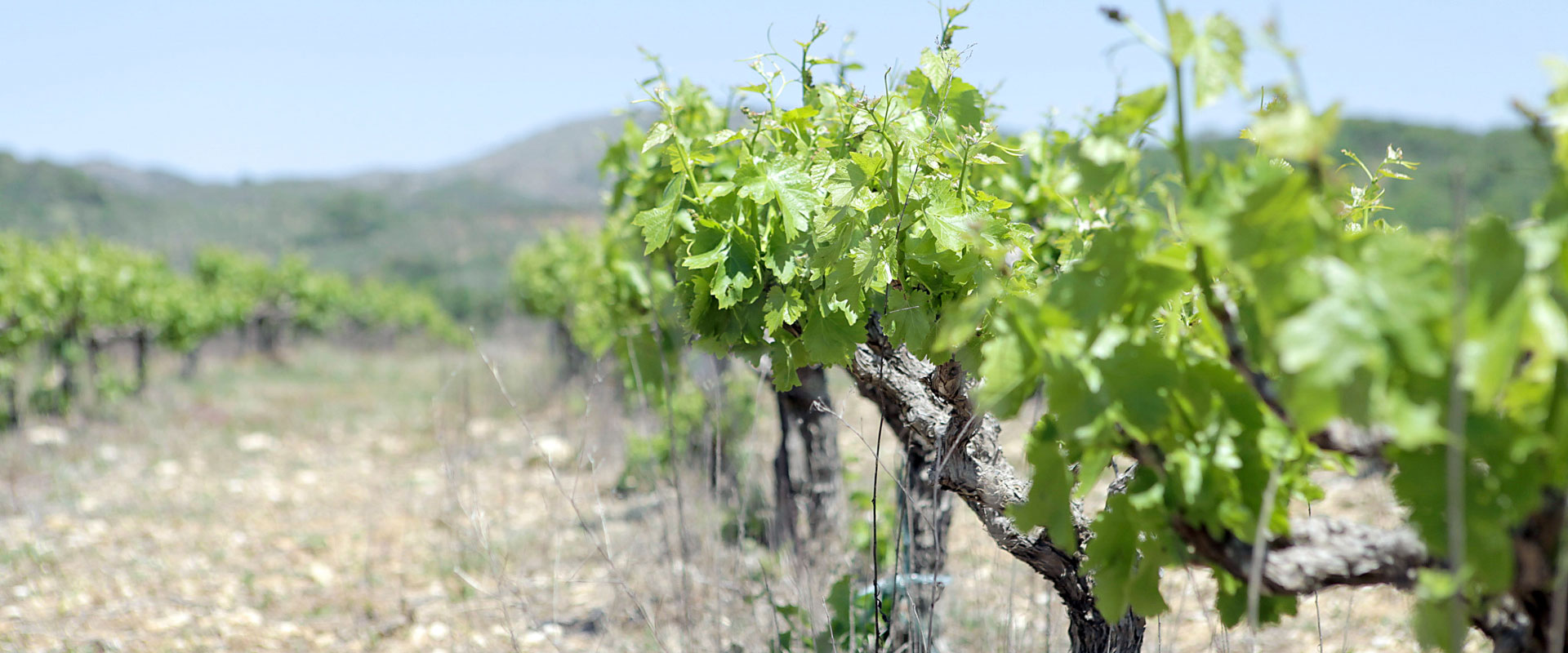THE TERROIR OF MESSINIA
The grape vine’s presence in the land of Messinia is an old one. It began 3,000 years ago and is still going strong. In citing the province of Pylia, Homer remarks that it “abounds in vineyards”. As for Pausanias, he stresses that when Dionysus first tasted the wine crafted in Messinia he exclaimed “Evoi!” which, loosely translated, means “cheers”. At this point, we need to go back 115 years to the area of Yalova, a location the locals rightfully call “Messinia’s great mother of vineyards” since it was the hub of Greece’s leading wineries. In those days, traveling by road was hazardous since most of the existing road network was in a condition of disrepair. As a result, transporting the raisins and wines the prefecture of Messinia produced was a next-to-impossible and hard-to-afford task. It made good sense to concentrate production in the area of Yalova since the sheltered bays of Navarino and Molos nearby, along with the sea routes that started there, offered safe transport of the area’s winemaking products. As the vineyards of Messinia had always played a decisive role in the cultivation of varieties that yielded raisins and wine, it was only a matter of time before it became a winegrowing and winemaking hub where the rest of the Peloponnese and Greece turned to when it came to domestic consumption of table grapes and exports to Europe. Exports grew and became even more profitable after the European vineyards suffered from the onslaught of phylloxera. In fact, during the 19th century, raisins became the main export of Greece. The main product deriving from Corinthian currants was raisin wine, which had a high alcoholic content, was of a somewhat inferior quality, and was affordably priced. One of the most historical moments of the Messinia vineyard was the Currant Revolt of 1935. With an unfair legislation at the time that loomed over currant producers separating them into those who produced low quality currants and those who produced high quality ones, producers revolted in an effort to keep Corinthian currant production and trade sustainable. However, that revolt had rather dismal results for the area’s currant producers. In 1954, 800 Messinia winegrowers joined forces and established the “Nestor Agricultural & Winemaking Cooperative”. Its role was to gather, standardize, and sell the grape production yielded throughout Messinia. A few decades later, in 1980, taking advantage of a funding program, winegrowers decided to enrich the local vineyards with international varieties, bringing Cabernet Sauvignon and Chardonnay to Greece. They also began cultivating varieties such as Grenache Rouge, Grenache Blanc, Cabernet Frame, Merlot, and Tempranillo. In its cooperative form, the vineyard of Messinia showcased local varieties such as Fileri and Messinia Roditis. Today, apart from the local PGI Messinia wine (Messinia’s local wine), PGI wines include PGI Trifylia (Trifylia’s local wine), and PGI Pylia (Pylia’s local wine).

VARIETIES
The native varieties under cultivation in the area are Fileri, Moschofilero, Roditis, Fokiano, and Mandilaria. As to the international varieties, those are Cabernet Sauvignon, Chardonnay, Grenache rouge, Grenache Blanc, Cabernet Frame, Merlot, and Tempranillo. Out of those, Cabernet Sauvignon is by far the predominant one.
